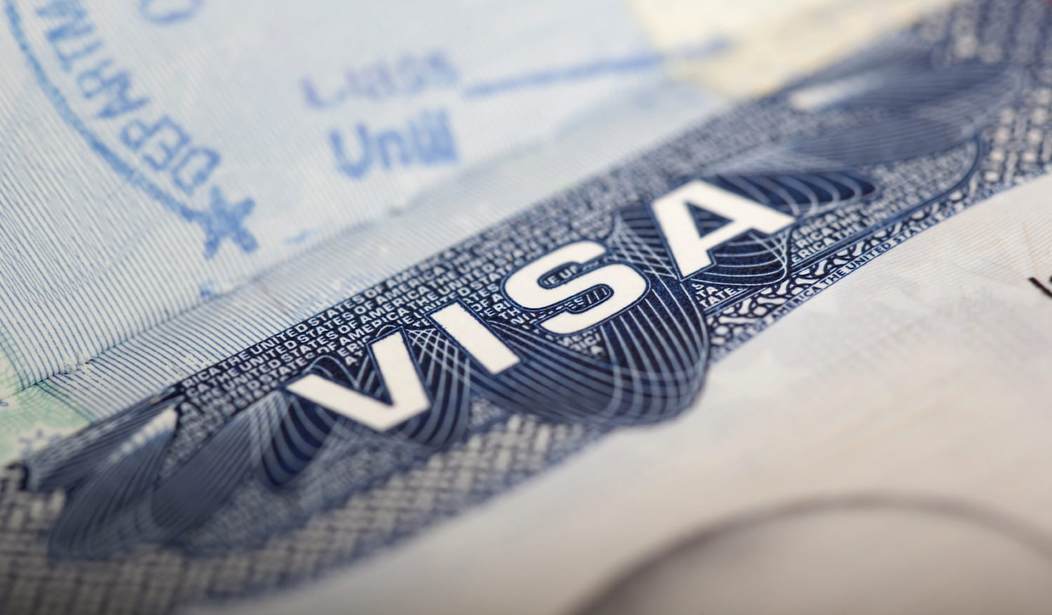In March 2008, an airport customs inspection officer in Kuwait stopped three Mexican passport holders transiting to France, en route home from a visit to India. The customs officer in Kuwait City didn’t like the feel of it. He asked them to speak some Spanish for him. Only one of the three could.
The travelers were not Mexicans at all, of course. They were Afghan nationals posing as Mexicans, who most likely were being smuggled to the United States border through Mexico. What was especially curious about the case, though, was that the Mexican passports they had presented in Kuwait were authentic, bar-coded identity documents.
The ensuing international investigation soon found that the Afghanis had obtained these real passports from a source so obscure that almost anyone would have missed its broader significance: the passports came from Mexico’s consulate office in Mumbai. The travelers had paid $10,000 for each passport to a corrupt Mexican consulate official in the huge city.
Acquisition of such travel identity documents from the diplomatic missions of Mexico — and those of many other Latin American nations in the spawning grounds of Islamic terrorism — is no anomaly. The use of official Latin American passports and visas is deeply embroidered into the business models of many “special interest alien” smuggling organizations that make terrorist travel to America’s land border possible.
Last week, I identified the SIA smugglers as the primary strategic national security target for any serious American homeland security effort to reduce the threat of terrorist border infiltration. SIA smugglers provide the continuous long-distance bridge for migrants from some 35 nations in the Middle East (such as Syria and Iraq), South Asia (Pakistan and Afghanistan), and North Africa (Somalia, Yemen, and Sudan) who routinely make their way to and over the U.S.-Mexico land border.
The value to SIA smugglers of Mexican consulate offices in places like Mumbai might not seem obvious to anyone with limited information on this migration phenomenon and homeland security problem. The research I published for my Naval Postgraduate School thesis this year, based on a systematic qualitative analysis of 19 American prosecutions, identified the consulates as a key attackable “fail point” in the smuggling networks.
Migration from the 35 countries is expensive, time-consuming, and dangerous; the research demonstrated that SIA smugglers always look for paths of least resistance. Regardless of their starting points, all SIA migrants eventually end up converging somewhere in the Western Hemisphere and then start trekking north toward the U.S. border. Most of them arrive in South America, particularly in Ecuador and Brazil, and then start the northward slog through the nations of Central America and Mexico until they can reach Texas, California, or Arizona. A typical trip from, say, Ecuador, will involve transit by plane, bus, car, boat, and foot through Colombia, Panama, Nicaragua, Costa Rica, Guatemala, and Mexico. This arduous trip comes with the extra costs of bribes, transportation, lodging, and food, not to mention the hassle and time of occasional arrests along the way.
But a Mexican passport can enable a smuggler to bypass all of that trouble and expense by flying directly into Mexico City, Tijuana, or Reynosa.
That increases the value of Mexican passports or visas, as well as the value of such documents further south, such as Guatemala, Nicaragua, and Cuba. It’s no wonder that Mexico’s foreign stations came up more often than any other country.
It’s hard to say how widespread the problem of visa issuance and corruption is among all 30 nations of South and Central America and the various island territories of the Caribbean. Many of these nations maintain embassies and diplomatic stations in countries where Islamic terrorists reside. But my research deep into the court files of SIA smuggling prosecutions, supplemented by seemingly disconnected media reports such as the one about the Afghans caught in Kuwait, showed that SIA smugglers have acquired crucial visas and passports from Mexico’s consulate offices in Lebanon and Turkey, from Belize’s diplomatic mission in Singapore, from Guatemala’s consulate in Jordan, from Cuba’s embassies in Syria and Kenya, and from Venezuela’s embassy in Damascus. Other implicated country consulates included those of Ecuador, Bolivia, Brazil, the Dominican Republic, and Trinidad and Tobago.
In some instances, consul workers or diplomats were corrupted to provide the documents. In others, they were fooled. And sometimes, national policy simply allowed the issuance of visas with no security vetting or questions asked.
A small sampling of cases demonstrate how the process works, and also how far-flung were the dots that needed to be connected.
For instance, the Guyanese smuggler Annita Devi Gerald, who worked with co-conspirator Dhanraj Samuel of Trinidad and Tobago, moved hundreds of Indians and South Asians from Singapore to Houston. To enable this travel, they provided fraudulent Belize business visas obtained from Belize’s consulate office in Singapore, then Mexican visas to ease domestic air travel within Mexico as part of $20,000 package deals.
The Iranian smuggler Mohammad Hussein Assadi was able to secure hundreds of Bolivian visas from Bolivia’s embassy in Beijing as part of a smuggling operation that also transported plenty of Middle Easterners. The Boateng smuggling network, in which two Guyana nationals moved hundreds of Somalis and Eritreans to the U.S. border through Belize and Mexico until their 2010 arrests, relied on corrupt personnel in both Belize and Mexican consulate offices providing fraudulent visas.
In too many instances, suspected terrorists benefited from the business model. The Tijuana-based Lebanese smuggler Salim Boughader-Mucharrafille bribed employees of Mexico’s Beirut embassy to provide hundreds of visas to his California-bound clients. These included a number of Hezbollah agents, among them a ranking terrorist smuggled into California and later convicted on terrorism charges. A Mexican investigation turned up evidence that Mexican visas and passports also were being sold out of other unspecified Mexican consulate offices, including the one in Cuba.
The American smuggling facilitator Anthony Joseph Tracy, who had moved to Nairobi, Kenya, and consorted with members of al-Shabaab, was able to provide hundreds of Cuban visas to Somalis in Kenya by bribing two employees of the Cuban embassy in Nairobi, identified in court records as “Consuela” and “Helen.” American authorities later learned he had moved dozens of potential terrorists into the U.S., setting off a widespread manhunt that received almost no media coverage.
The Brazil-based Somali smuggler Ahmad Dhakane, who was himself apprehended crossing the Texas border, explained to an FBI informant in the detention center that he obtained six-month Brazilian missionary visas and 90-day Mexican visas via the sponsorship of a Nairobi, Kenya church. As a bonus, Dhakane explained that his missionary visas also enabled clients to obtain free traveler’s health insurance. Dhakane also boasted that he was a major-league terrorist himself, and that he had transported at least a half-dozen Islamic extremists into the U.S., also setting off a widespread manhunt that received scant local media attention.
Clearly, the question of how to attack this fail point in the SIA smuggling chain is not going to keep our Latin American allies up at night, since ISIS and other Islamic terrorist groups see the American homeland as the far more desirable target. But now that the security gap of Latin American consulate offices is identified and documented, American homeland security authorities should sleep less soundly.
———————————
(Next week: America’s Latin American allies as SIA smuggling partners?)









Join the conversation as a VIP Member